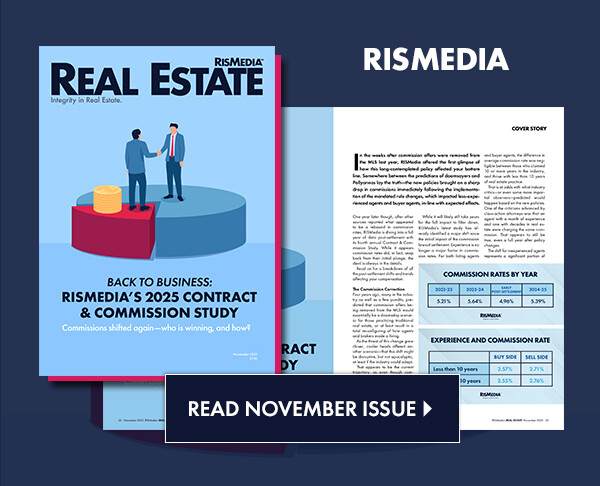The tax reform enacted in July 2025 introduces significant implications for independent contractors, particularly Realtors®. While marketed as pro-small business, the legislation reveals deeper structural complexity that reshapes the professional obligations, financial strategy and operational literacy required of today’s real estate agent.
Four major areas of change stand out: The Qualified Business Income (QBI) deduction, asset expense rules, SALT deduction limitations and passive income restrictions on investment property owners.
1. QBI deduction: Expanded but more conditional
The new law makes permanent the 20% QBI deduction for pass-through businesses—but imposes tighter rules on who qualifies. Income thresholds are lower, and aggregation of active (e.g., commissions) and passive (e.g., rental) income is restricted unless formalized as a “trade or business.”
Consider Denise, a Realtor® earning $165,000 in commissions and $20,000 in passive rental income. Under the 2025 law, she can no longer aggregate those income streams for QBI purposes unless her rental activity meets new participation tests. Without reclassification, she risks losing a valuable deduction or misfiling and triggering penalties.
2. Full expensing: Immediate write-offs with strategic costs
The law extends full expensing for qualifying business property. Realtors® can deduct the entire cost of items like vehicles, computers and office furnishings in the year of purchase. However, this deduction now interacts more tightly with QBI eligibility.
Take Tom, a Realtor® who buys a business-use SUV and $4,000 in office upgrades. Fully expensing the purchases slashes his taxable income but also lowers his QBI deduction by shrinking his net business income. Had he amortized those expenses, his total deductions across categories may have been higher.
3. SALT deduction: Geographic disparities persist
Although slightly modified, the SALT cap remains; however, tiered by filing status. For Realtors® in high-tax states, this continues to suppress client purchasing power and distort market dynamics.
Claudia, a New Jersey agent, saw a client choose a lower-tax property in Pennsylvania over a comparable home nearby, strictly for federal deduction benefits. The capped SALT deduction didn’t just affect the buyer; it changed local market viability and selling strategy.
4. Passive income & investment deductions: New constraints
Depreciation, interest deductions and passive loss allowances on residential investments are now more limited. This affects Realtors® who invest and those who advise investor clients.
Marcus, who owns four rental units, made $45,000 in renovations in 2025. Under new loss limitation rules, he cannot deduct most of that expense this year due to his income and the revised passive activity rules. A refinancing also exposed him to new mortgage interest restrictions based on mixed personal-use thresholds.
The 2025 tax law demands that Realtors® become not only sales professionals, but tax-literate strategists. These changes are not superficial tweaks, they redefine the calculus of what makes a transaction, investment or deduction viable. For practitioners who rise to the challenge, this moment offers a path to elevated relevance. For those who don’t, the cost will be more than tax, it could mean obsolescence.
For detailed information and to learn more about the new tax implications, register for the CRS course Tax Strategies for the Real Estate Professional.












